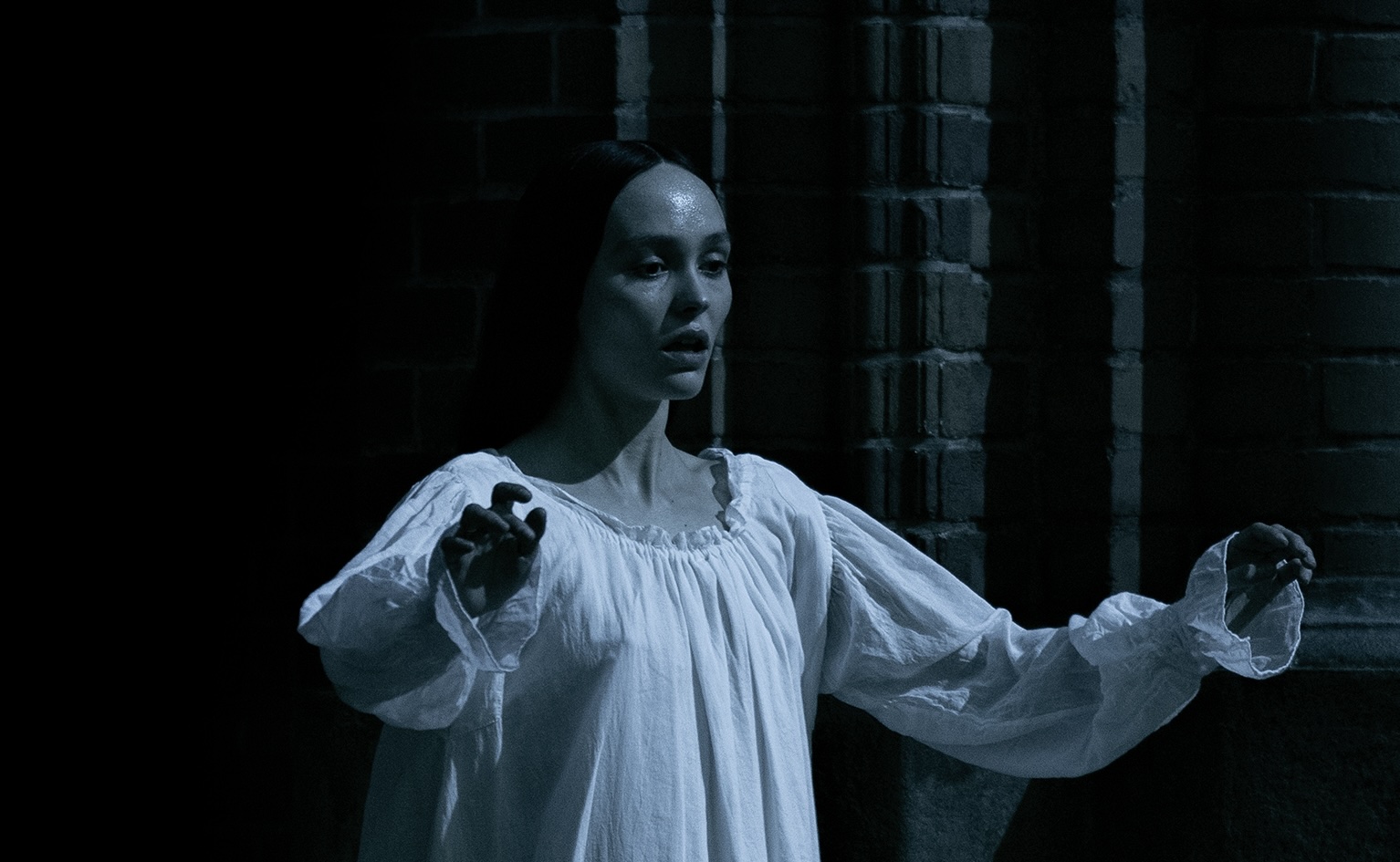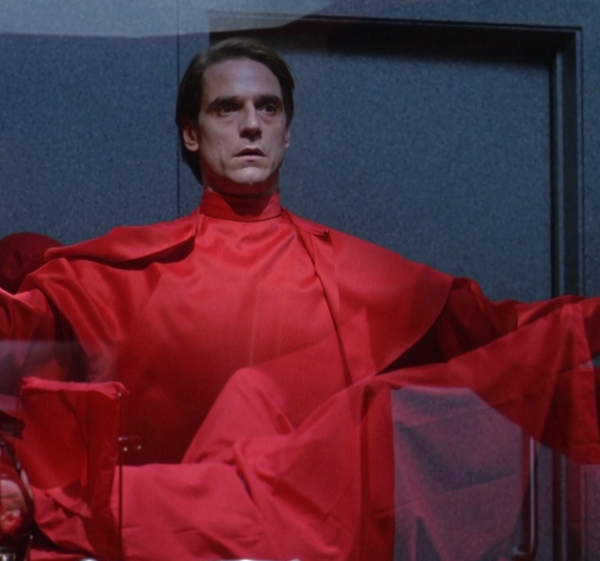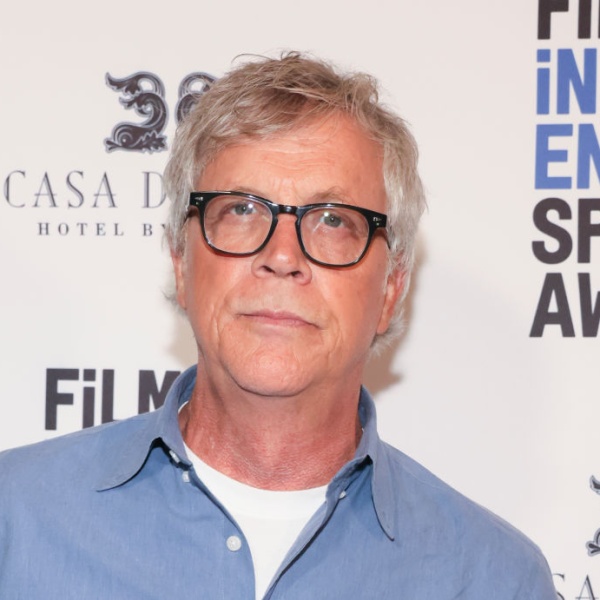Robert Eggers has already made it clear that the Lily-Rose Depp you see onscreen in “Nosferatu” is all real: No CGI was used to enhance how physically and psychically mad she goes under the spell of demon-lover vampire Count Orlok (Bill Skårsgard).
But the writer/director revealed more details about her unhinged performance as Ellen Hutter in a Q&A for Academy members in New York over the weekend, moderated by “Tàr” and “Little Children” director Todd Field. Lily-Rose Depp, who already showed a willingness to stretch her bounds in terms of choreography on HBO’s glitteringly messy series maudit “The Idol,” helps turn this 19th century gothic “Nosferatu” into a story of female possession — which, as Eggers pointed out, was central to F.W. Murnau’s original film and Werner Herzog’s 1979 take, “Nosferatu the Vampyre,” which featured “Possession” star Isabelle Adjani (yet another movie this one will inevitably draw comparisons to).
“Something that is cool about the Murnau film and also the Herzog film is that it becomes the female protagonist’s movie. The Hutter/Harker character [here Nicholas Hoult] goes to Transylvania and returns a wet blanket, and she emerges as the hero,” said Eggers. “It needed to be her story from the beginning, and in further amplifying my knowledge about what the story was and what the simple fairy tale was, it seemed to me it was as a ‘demon lover’ story, like the novel of ‘Wuthering Heights,’ where Heathcliff, as much as he loves Cathy, is also obsessed with her and wants to destroy her.”
Lily-Rose Depp takes on an enormous physical challenge here, writhing and convulsing in bed to almost Regan-in-“The Exorcist” intensity. “It makes me want to go to the chiropractor,” Field said after seeing the movie.
Eggers said Depp worked with interdisciplinary movement artist Marie-Gabrielle Rotie, a specialist in Japanese dance theater known as butoh, popularly interpreted in J-horror movies past and present (think the creepy-crawl of Sadako in “Ring”). It’s “a Japanese dance discipline that’s very disturbing and can involve actually having something other than yourself enter your body when done in a traditional way,” he said.
The filmmaker, choreographer, and star also channeled 19th century neurologist Jean-Martin Charcot’s findings about female “hysteria” patients in France, where he brought hypnosis into his practice to study women with mental and physical ailments.
“We used Charcot’s breakdown of every hysterical pose, and we had it as sort of like a menu, Marie-Gabrielle and I, to design what would work with certain scenes, and then she worked with Lily on all this stuff,” he said. “It was very demanding. There were a lot of scenes where we couldn’t do too many takes because she would become too physically exhausted doing all that, particularly the big climactic scene.” (We won’t spoil that.)
He said, “Weirdly, the kind of ‘Exorcist’ stuff was less exhausting.”
Vincent Perella contributed reporting.
“Nosferatu” opens in theaters on Christmas Day from Focus Features.





